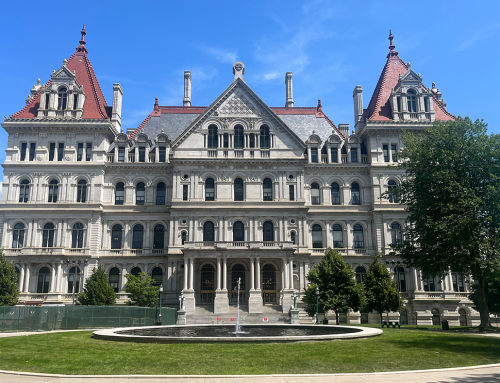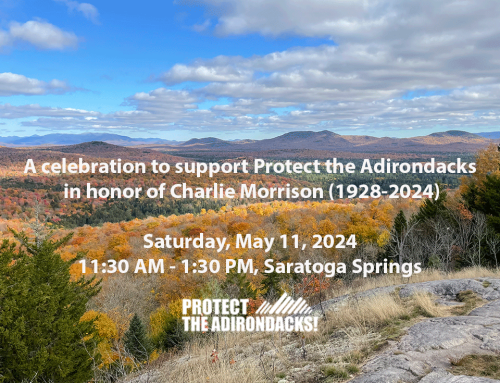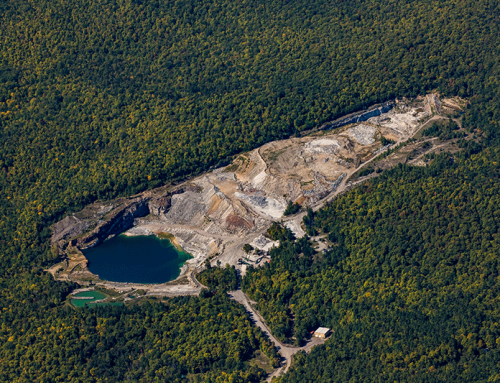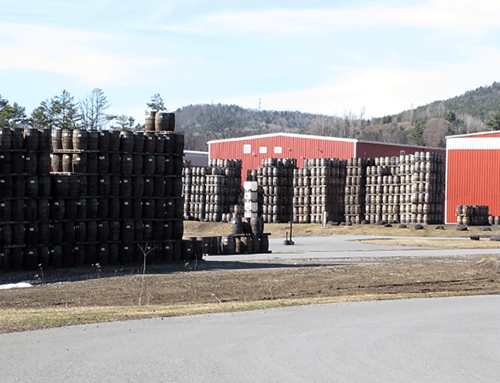Protect the Adirondacks opposes plans by the Adirondack Park Agency (APA) to approve a new draft General Permit to dramatically ease the rules for clearcutting in the Adirondack Park at its meeting on February 14, 2013. Current rules call for any landowner who desires to clearcut more than 25 acres to secure a permit from the APA. The new APA General Permit will streamline rules to allow large clearcuts on over more than one million acres in the Adirondacks, including over 780,000 acres of lands where the state owns conservation easements.
See PROTECT Press Release here. See APA Memo about the General Permitdraft APA General Permit, draft Application, and APA memo about FSC and SFI certification programs. See PROTECT’s comment letter here.
Under the new APA General Permit, a landowners that are certified under the Forest Stewardship Council (FSC) or Sustainable Forestry Initiative (SFI) sustainable forestry programs qualify for a General Permit in just 60 days to undertake large-scale clearcuts of upwards of several hundred acres. Conservation easement lands, the Tree Farm program, and NYS Preferential Forest Tax Law Program 480/480a can also qualify for a 60-day permit with submission of an application. The APA does not have good information on how much land in the Adirondack Park will be affected by this General Permit, but it appears to be well over 1 million acres.
“We’re disappointed,” said Chuck Clusen, PROTECT Chair. “The public comments ran 80% against loosening rules for clearcutting. The public broadly opposes this action by the APA and believes that largescale clearcutting is not appropriate for conservation easement lands or the private forests across the Adirondack Park.”

An example of heavy cutting on industrial forestlands in the northern Adirondacks. These lands have been heavily cut by strip clearcuts and patch clear cuts. Now the Adirondack Park Agency is working to loosen rules to permit large-scale clear cuts on such lands. PROTECT is concerned that lands already heavily harvested will see extensive large clearcutting.
“The APA is moving ahead with a radical change in forest management, yet has not provided a rational justification. Good data and good science makes good public policy. The APA provided no data and no science to support this controversial new program” said Peter Bauer, Executive Director of PROTECT. “Private industrial forest lands have already been hit hard with strip clearcuts, checkerboard patch clearcuts, and small 25-acre or less clearcuts. This new General Permit allows lands heavily cut to be clearcut is large patches of hundreds of acres.”
PROTECT posted aerial photographs of heavily cut forests on lands where the State of New York owns conservation easements. View pictures here.
“It’s fitting that the APA will take up the issue of new rules for clearcutting on Valentine’s Day on February 14th, because this general permit is a valentine for large-scale industrial forestland owners who want to undertake major clearcuts of hundreds of acres” said Peter Bauer. “The Adirondack Park has largely avoided the public controversies around clearcutting that plagued the states of Maine and Vermont and the Pacific Northwest as well as forest management on National Forest lands, but the APA’s decision to loosen clearcutting rules will reshape Adirondack forest management to the detriment of the forest.”
Major issues include:
• A better course would be a public process to revise the APA’s rules and regulations that govern clearcutting.
• APA has provided no data to justify the need for this change to a General Permit. The impetus comes from industrial forestland owners that want the ability to make bigger clearcuts.
• APA has modified the proposal for limited public review. General permits will expedite the process and allow clearcuts after 60 days.
• APA does not even know how many acres the new General Permit will effect.
• APA is delegating its project review authority to independent sustainable forestry programs FSC and SFI, which provide a great deal of discretion to large certified landowners. This is a weakness in the programs. This provides limited oversight for forest management decisions that will have long-term consequences.
• Clearcutting forestlands remains a controversial practice for the general public. To a large degree, the Adirondack Park has been spared the prolonged and combative public debates over clearcutting that have raged over federal management of National Forest lands in the western U.S., private lands in the State of Maine, and led to comprehensive state legislation in Vermont after widespread public outcry and abuse. To loosen regulations so as to expand opportunities for large-scale clearcutting in the Adirondack Park is a step backwards for the APA and the Adirondack Park.
The APA will take up this matter at its meeting on February 14-15, 2013.





